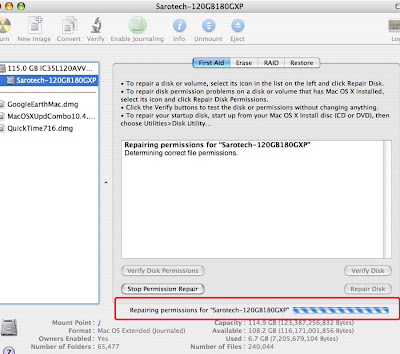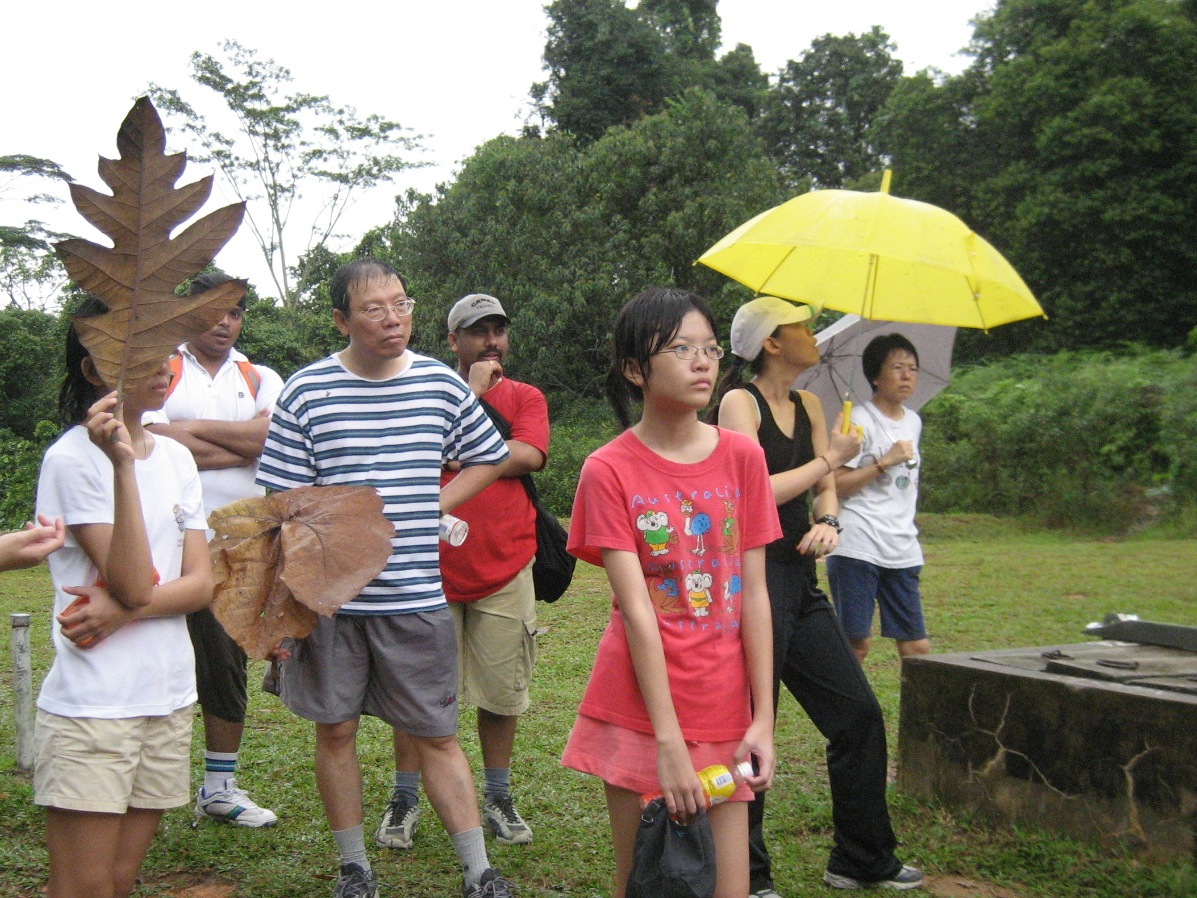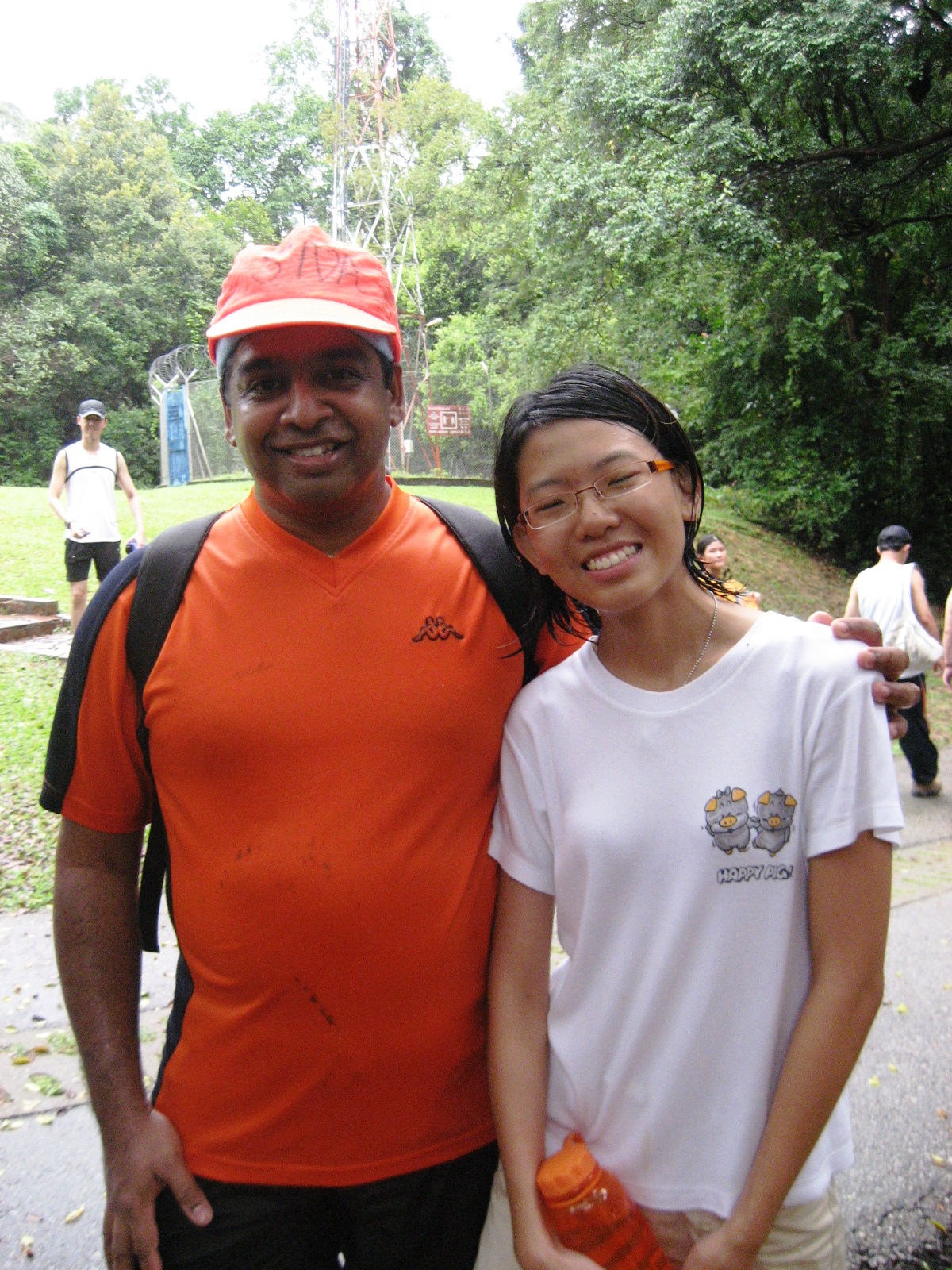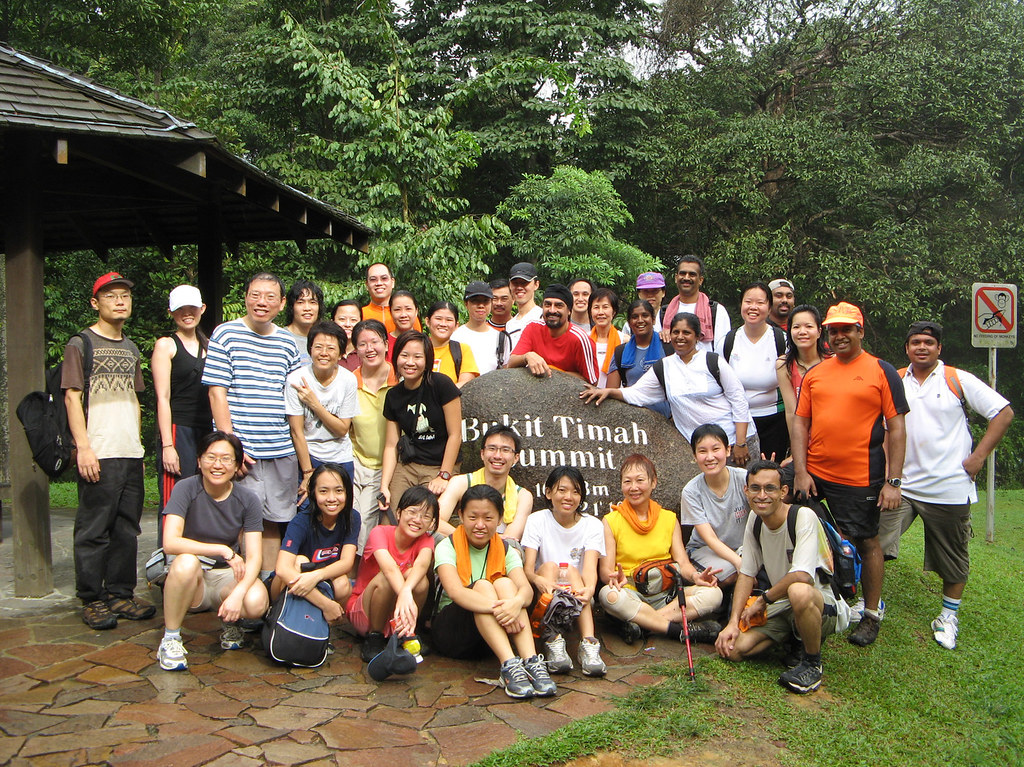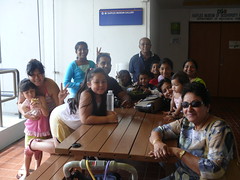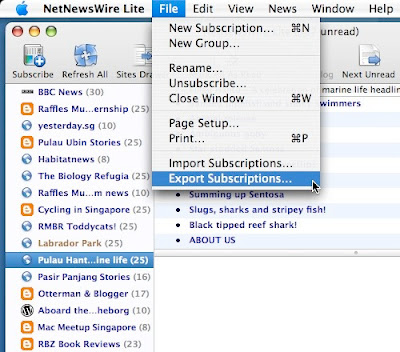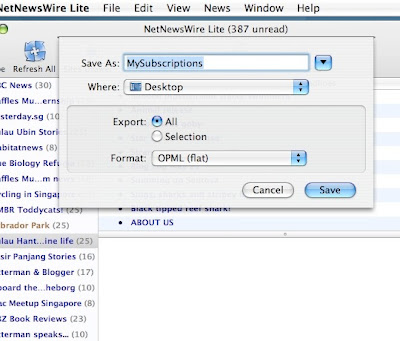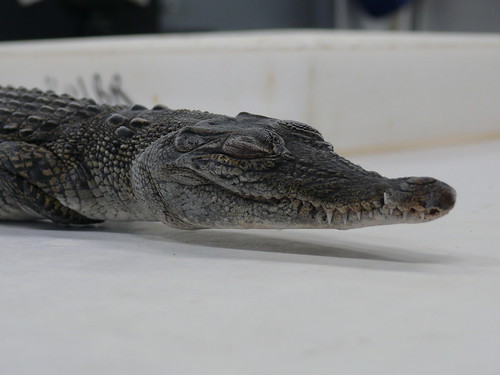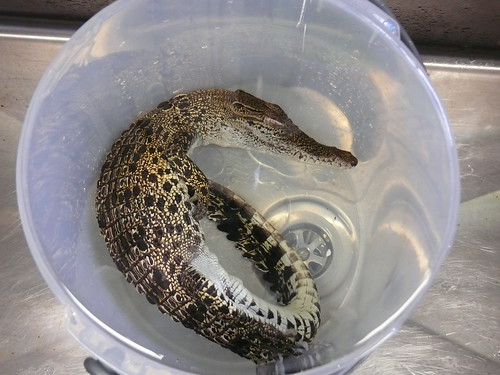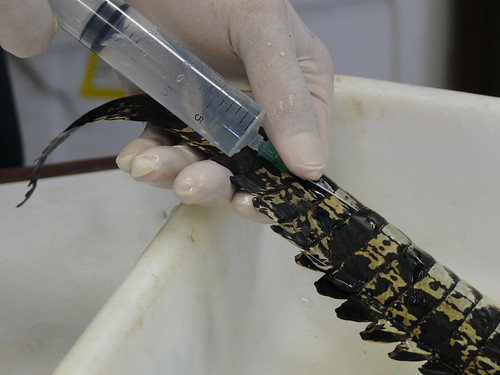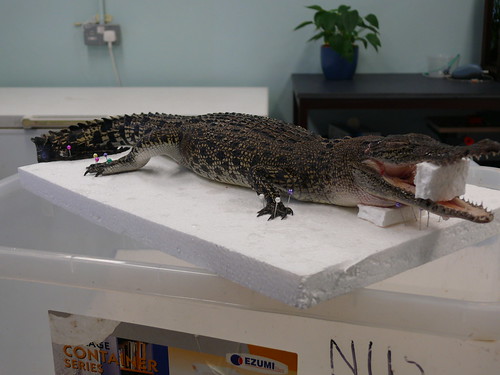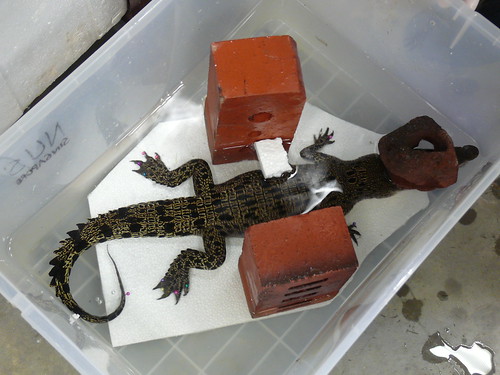I have been looking forward to lunch these few days since Danliang left. It's the only time when interaction begins! Besides work of course. In fact, it's the time when I get to know more people that are linked to the museum; people from the Department of Biological Science. And essentially, more of Siva of course.
I met Lawrence Gwee, a guy who has interesting heritage. His great grandma's a Japanese and she being a Japanese actually saved his grandad from being murdered by the Japanese soldiers during the Japanese occupation when they were in Malaysia. Just how cool and romantic can that get?
The other really interesting story was that Singapore used to have buses with only an opening. I shan't use "door" because they didn't have doors back then! Judging from the way Lawrence and Siva were gesturing about how they would cling to the two bars at the bus' only opening, the image of those buses in lesser developed countries can't stop propping up in my head. I wonder if they actually climb up and sit on the roof of the buses. That would really be too much.
I guess all dangerous elements always has the same proportion of fun and excitement in them. They seem to be reminiscing about the buses. All the description about the bus conductor with his little box of bus tickets. It kind of feels like the Knight bus in Harry Potter, and a little like my conception of buses in British. Except with a little more rowdiness.
Although lunch's peppered with perky stories like this (that remains in my memory without me jotting them down), it never could escape from work. *Sigh* =P
Siva has told me to check my father's time out by interviewing him about life in Whampoa in the 60's. I guess that's not much work. But before I can do that, I got to read up blogs. Yes, more blog readings. One blog that I have yet to read but sounds reasonably interesting, is
Good Morning Yesterday. It's Mr. Lam evoking the memories of the past in the name of constructing a window for the younger generation to have a peek into the heritage Singapore had. It's good, especially
A War Time Love Story. Gives you an idea of how war affects and twists fate.
Besides stories, there were discoveries as well. The best food stall in YIH's the first stall you see when you reach the canteen. Regardless of which entrance you use (Just don't use the back door). I've also found some shortcuts in NUS! It's just beside the little garden, beside the slope up to LT32! And I thought that garden was unkempt and breeding mosquitoes. To Siva's shock of course. =P
Also, I've had the opportunity to meet Kai Yang, who commented that I look like Kai Xin just as Airani had said before. I really have to find out how she looks like. Moving on, I met Annee who's at the Department of Biological Sciences. She's really friendly and my mentor to using the scanning machine in time to come. Which reminds me, I have to get down to the
Museum of Shanghai Toys to get press articles! It's all about putting these information up online for people to have easy access. Another thing about the museum's that it's the third museum that's blogging besides us
RMBR and the
army museum! Check out the blog
here! In fact, Siva has it up in
yesterday.sg's blog. Think he's really excited about it as he can't seem to get more museums to blog effectively.
Alright, I got to fly to the museum now!















